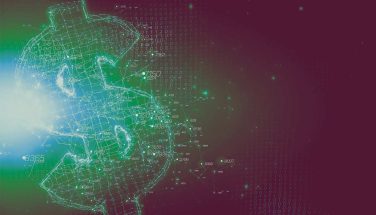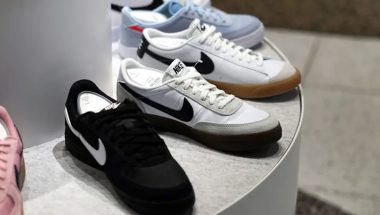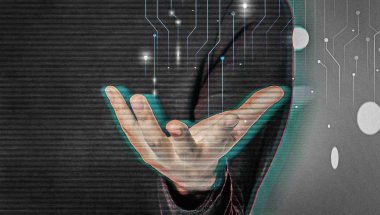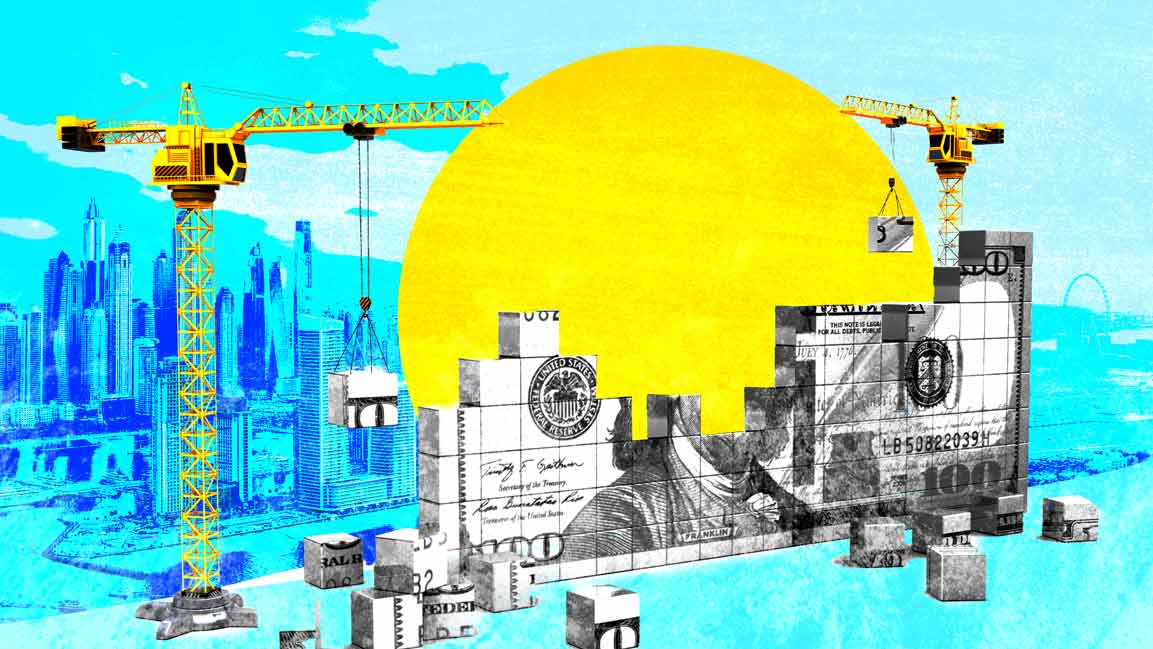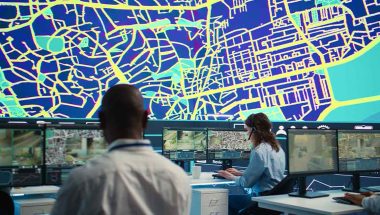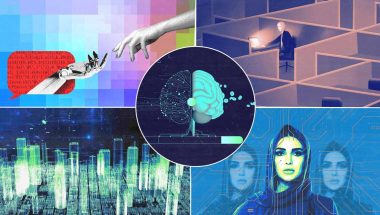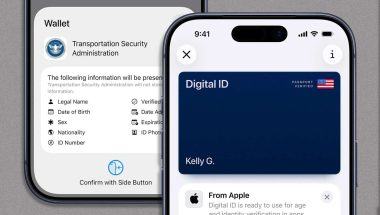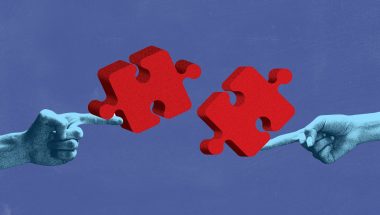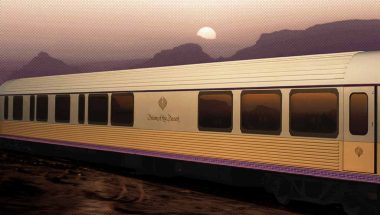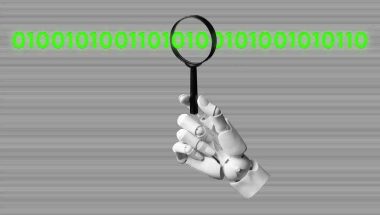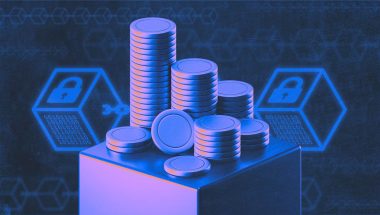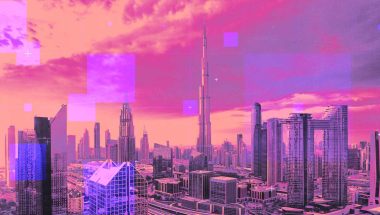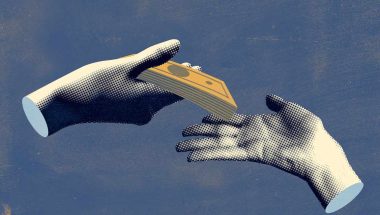- | 9:00 am
The Middle East is betting big on digital art. Is it bigger than an art fad?
The medium has created a space for tech-driven artists to create, innovate, and present their works
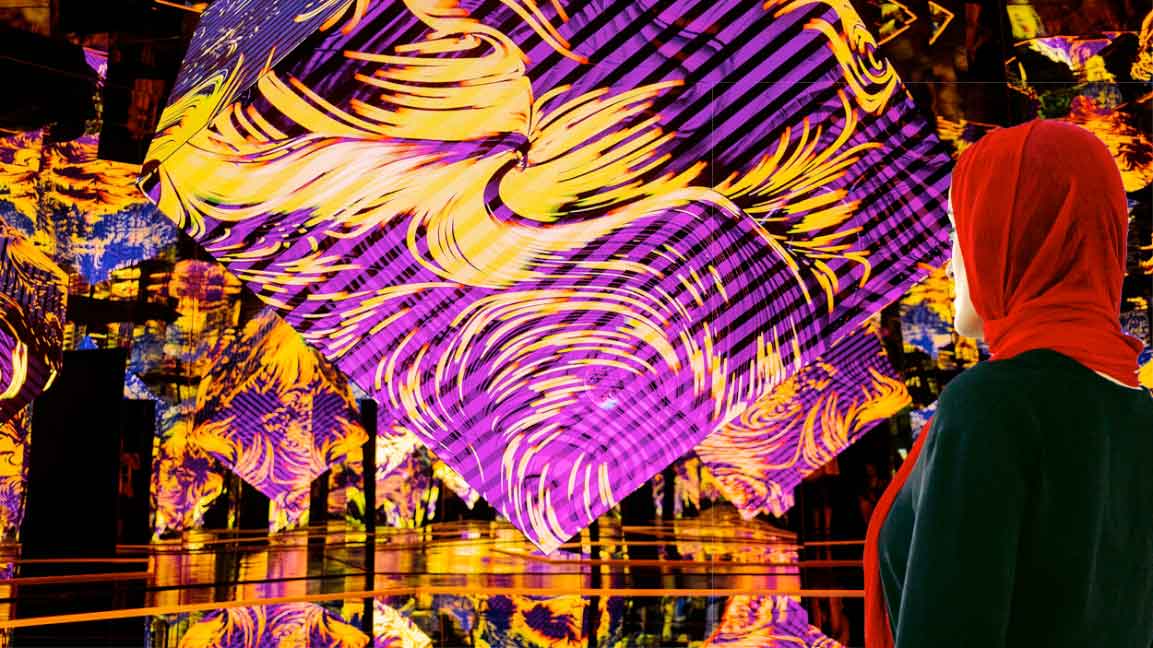
Not much has changed within the power dynamics of the art market since April 2021, when Beeple’s work brought in over $69 million at the revered British auction house Christie’s. There’s been increased gravitation toward digital art. Galleries are establishing themselves as the connoisseurs of taste in the space. Art powerhouses understand the genre, its financial potential, and a shift in the market.
If nearly your whole world is virtual, it makes sense to spend money on virtual stuff.
“World record prices realized for digital art such as Beeple’s Everydays: The First 5000 Days attracted international attention for digital art and NFTs throughout the art market and beyond,” says Meagan Kelly Horsman, Managing Director of Christie’s Middle East.
It ignited conversations about the art market and its variables: what is digital art? How do we value it for sale? Who are the experts who value the works?
“Value for physical and digital art essentially lies in the same parameters: scarcity, quality, innovation, and, ultimately, market demand and desire,” adds Horsman.
Globally, digital art is having its big bang moment: collectors and speculators have been spending millions on an array of digital artwork.
Thanks in no small part to the Internet, and as the medium becomes increasingly entrenched in pop culture, digital art is attracting artists and collectors in the Middle East, too.
There are digital art galleries in the region. With works from contemporary digital artists, the Theatre of Digital Art Dubai (ToDA) allows visitors to experience art in a multisensory, immersive space and even see NFTs in the physical form presented in digital frames.
ToDA isn’t the only place in Dubai creatively presenting digital art. The Infinity des Lumières art space, billed as the biggest and most advanced digital art gallery in the GCC where tech-driven artists can create and present their work, brings classic artworks – each exhibition sees a different famous painting take over the space, lighting up the walls and floor.
Sensing an opportunity to bridge the gap between physical and digital art and bring new and innovative digital art forms to the masses, Amir Soleymani founded Mondoir, an art gallery supporting emerging and established artists working in the digital medium.
He believes the Middle East is well-positioned to capitalize on this shift in the art world. “Already, we are seeing novel and innovative integrations of digital art through exhibitions, institutional programs, and talent.”
“The traditional art world was almost always centered in the West. It’s relatively difficult for artists in the Middle East to be discovered in the traditional art world. With the advent of technology and the birth of digital art, the borderless nature of blockchain can help these artists reach a global audience and no longer rely on traditional art institutions and processes to be discovered,” Soleymani adds.
NOT A FAD
Many in the art world believe it represents a permanent shift, albeit one that has to contend with challenges not entirely uncommon to the high-art community. But it has real staying power.
“Digital art is already taken seriously, especially when you consider that world-famous artists like Andreas Gursky, Damien Hirst, or Jenny Holzer — all utilize digital aspects in their art production,” says Horsman.
In the Middle East, Iraqi modernist Dia Al-Azzawi, an artist known for his abstract compositions and use of ancient iconography, has designed sculptures on his iPad and used technology to aid the creation of his tapestry works. He launched his drop of NFTs at the age of 83.
Palestinian artist Hazem Harb has created some beautiful works where physical art is enhanced by NFT technology, creating hybrid works that expand and design patterns when you pass your phone camera over them.
In February, over 100 digital artists from around the world descended to Dubai for the city’s first-ever digital art festival. The nine-day event was a multisensory experience, attended by some of the biggest names in art, including Krista Kim, Federico Clapis, Sky Golpe, and Jalal Luqman — the Emirati artist who introduced digital art to the UAE in 1996.
“Digital art has been around since the 1960s,” says Luqman, the Abu Dhabi-based artist whose art journey has spanned over 33 years.
“With time, digital art has become more available and integrated into our lives. Unlike traditional art, digital art seamlessly integrates into our everyday lives without us noticing,” he adds.
In March, Christie’s brought its renowned Art+Tech summit to the Middle East for the first time at Art Dubai to explore AI and digital asset ownership while bringing together international creators and collectors across art and technology.
Metaverse artist Kim, who attended Art Dubai this year, says she was struck by the increased presence of digital art and artists at the annual art fair. “Clearly, the fair is making an effort to showcase more creators in this medium.”
“There’s a huge momentum for digital creation and innovation in the Middle East,” she says, adding that the UAE is establishing itself as a global hub for digital art. “I’m excited to be part of this community.”
Many digital artists, after years of creating content that generates engagement on social media platforms while getting almost nothing in return, and established artists have lunged headlong into the medium to see how the world values digital art.
These Internet-fueled aesthetics are grabbing attention.
WHAT IS DIGITAL ART?
In recent years, however, artists have seriously questioned what digital art really is. The scope and scale of the medium is expanding. Art thrives with whirling 3D renderings, street-style oversaturated color schemes, and hyper-referential cartoons.
Horsman says many people hear the term “digital art” and connect it immediately with NFTs when “digital art has a deeper history than what you may appreciate at first glance.”
To her, digital art, in all its permutations, greatly impacts creativity. It allows artists to create works that wouldn’t be possible without technological advances – better cameras, iPads, computer systems, and the Internet — all assist in creativity.
“Digital art encompasses several guises, like photography, film, 3D designed sculpture or computer-generated images, for instance, and has been around for over four decades,” Horsman adds.
Luqman says the smartphone user interface, buttons, icons with drop shadows, animations, and click sounds are all digital art. “Taking a picture on our phone, then modifying the colors and mood before posting it is digital art.”
“With time, as meta-worlds and virtual worlds become more and more prevalent, we will notice how digital art will be around for many years to come.”
DIGITAL ART IS VERSATILE
At times, the divide between the two art worlds – digital and traditional – seems more profound than a difference in the creative model.
To advocates of digital art, technology offers a revolutionary new way of creating and selling art (and of circumventing snooty cultural gatekeepers).
Digital art has more potential for audience engagement. It allows people to experience art in a multisensory, immersive space.
Luqman says it’s more versatile than any other traditional form of art.
“It consumes us in every immersive experience we visit, every movie with special effects, and every video game we play.”
“Interactivity is only possible through digital art or digitized traditional art. This is important since we have become a race dependent on screens and projected imagery,” the artist adds.
MAKE ART ACCESSIBLE
The medium has created a space for tech-driven artists to create, innovate, and present their works.
Digital art opens the doors for people to use different mediums of expression to create and consume art. In this way, says Soleymani, it will enhance and supplement the creative expressions of people.
“Digital art also brings to light new art forms, such as animations, motion graphics, and generative works. These creations are no longer outside the boundaries of the artistic world but at the forefront of some of the most renowned and sought-after fields of study and creation.”
Digital art is also a good entry point for people unfamiliar with the art scene, Soleymani adds. “It’s a great tool to expand the community of people engaging with art and artists and is accessible to more people than physical art.”
As technologies push the boundaries of every aspect of our lives, the art world – from tools of producing art to curating art exhibitions to reaching out to art collectors all over the world – is impacted.
For artists, there is no separation between art and technology, using even AI to make art. “A new breed of computer-aided artist has been born due to the new AI tools,” says Luqman.
Technology and science have always been connected to the art world.
For example, the Renaissance artist Piero della Francesca used mathematical principles of perspective in his frescoes to create the illusion of 3-dimensional space, says Soleymani.
“Computers enabled step-level changes in photography and music, and AI is doing the same with artistic mediums today. Technology helps artists express themselves more completely –- telling more of their story through the creation, which helps art be more accessible and understandable for people.”







